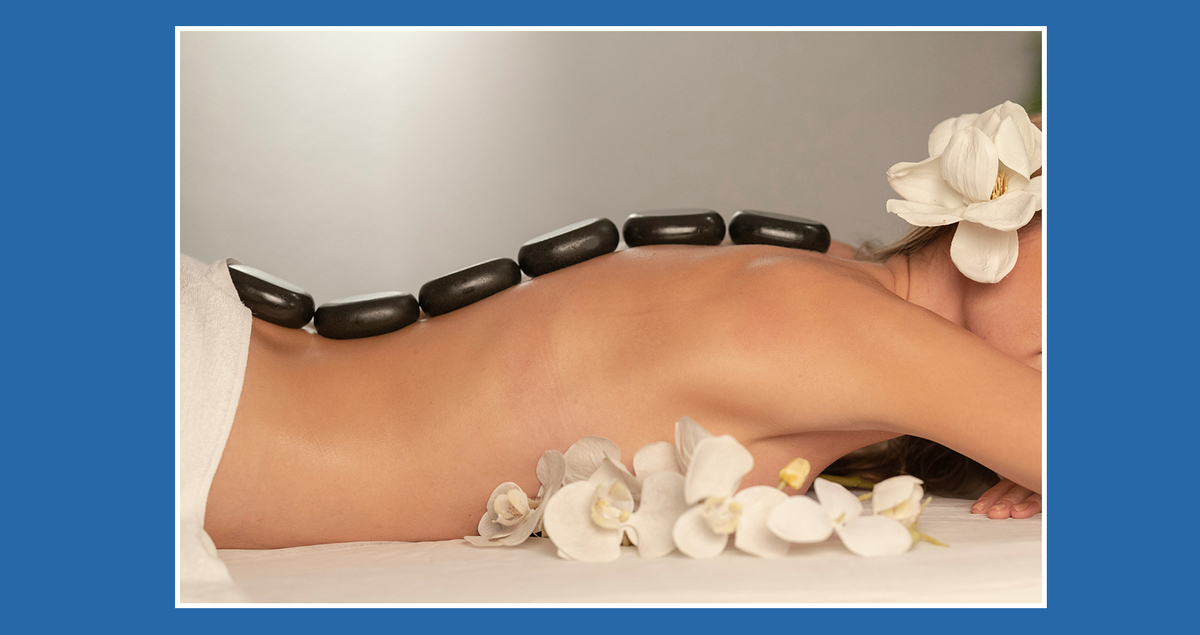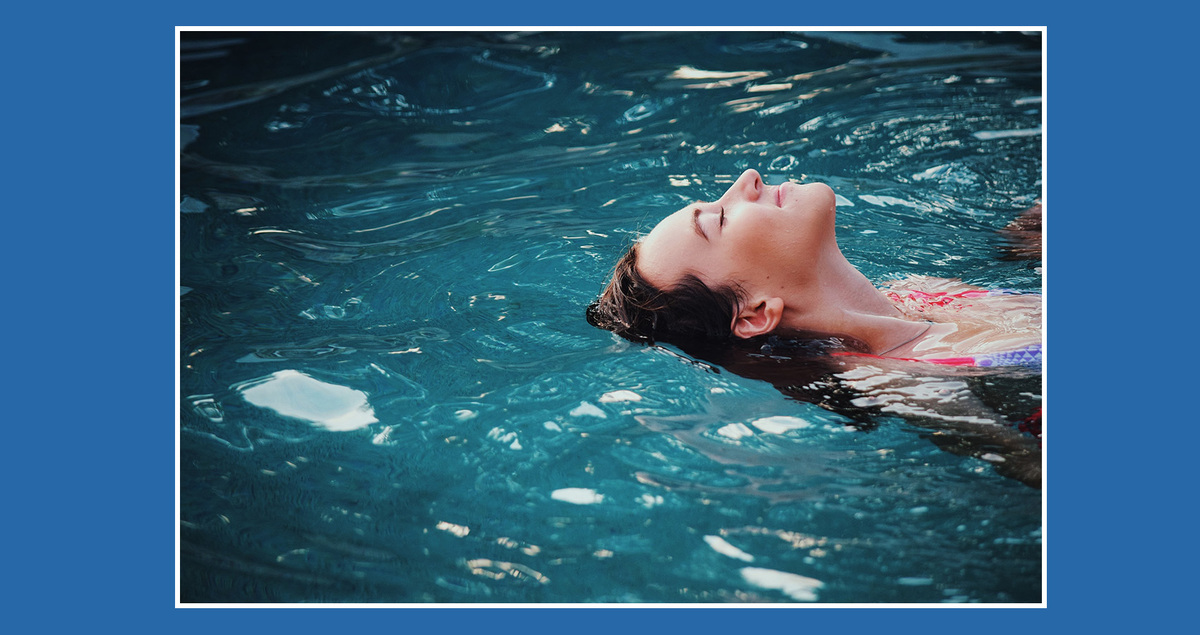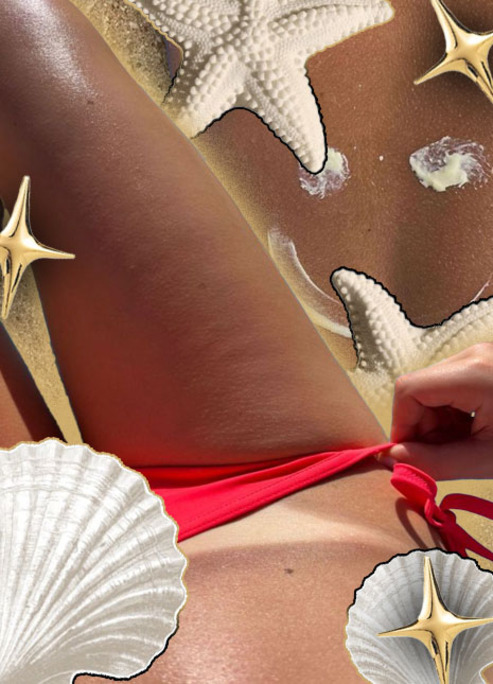
Exploring Optimal Recovery: The Best Treatment Options for Sporting Injuries
Comprehensive guide to recovering from sports injuries.
Sports injuries impact athletes and fitness lovers and are inherent to leading an active lifestyle. The right care is essential for a quick and complete recovery. This article will explore the best treatment options for sporting injuries, from immediate first-aid measures to professional medical interventions.
1. R.I.C.E. Method
The R.I.C.E. method—Rest, Ice, Compression, and Elevation—is an essential first aid strategy for many sports injuries. Putting ice on the damaged region helps reduce pain and swelling, and resting it stops additional damage.
Support and reduction of swelling are achieved by compression with a bandage. In contrast, elevation achieves reduced blood flow to the damaged area. Acute injuries like sprains and strains respond well to this treatment.
2. Physical Therapy
The key to healing from many sports-related injuries is physical therapy like Spine and Sports. A licensed physical therapist can create an exercise regimen designed to increase muscle strength, enhance flexibility, and aid overall healing. In addition, innovative treatments like shockwave therapy can accelerate tissue repair and reduce pain, complementing traditional physical therapy techniques.
Physical therapy helps restore function and range of motion with focused exercises and manual approaches, lowering the risk of reinjury and guaranteeing a thorough recovery process.
3. Anti-Inflammatory Medications
Ibuprofen is one example of a nonsteroidal anti-inflammatory medicine (NSAID) that can be useful in controlling pain and minimizing inflammation brought on by sports injuries. These drugs can be included in a short-term treatment plan. Still, it's important to speak with a medical expert to figure out the right dosage and length of time while considering possible adverse effects.
4. Immobilization and Bracing
In severe sprains or fractures, immobilization is necessary to promote healing. Healthcare providers may suggest splints, braces, or casts to stabilize the wounded area and stop further damage. Using immobilization devices ensures that the wounded tissues are safeguarded in the early phases of healing.
5. Massage Therapy
An effective addition to the treatment of sports injuries is massage therapy. Professional massage therapists can assist in increasing flexibility, increasing circulation, and lessening muscle stress. Massage therapy can be very helpful for soft tissue strains and injuries as it promotes relaxation and hastens the healing process.

6. Ultrasound Therapy
Sound waves are used in ultrasound therapy to promote tissue healing and decrease inflammation in wounded areas. In physical therapy settings, this non-invasive treatment approach is frequently utilized. Ultrasound therapy is useful in the healing process for various sports injuries since it can increase blood circulation, hasten tissue repair, and reduce pain.
7. Injection Therapies
Medical practitioners sometimes suggest injectable therapy to address particular pain and inflammatory sites.
Injections of corticosteroids can offer temporary respite by diminishing inflammation. Still, platelet-rich plasma injections (P.R.P.) employ the patient's blood components to encourage healing and tissue restoration. The type and extent of the damage determine which injectable therapy is best.
8. Surgery
In situations where there are serious sports injuries, surgery can be required. Arthroscopies and reconstructive surgery are among the procedures that can be used to fix broken bones, tendons, or ligaments. When non-surgical therapies are no longer effective, surgery is frequently considered; orthopedic specialists are usually consulted before making this decision.
9. Aquatic Therapy
Exercises in aquatic therapy are done in a pool, where the water's buoyancy helps ease joint stress and promote mobility. This low-impact treatment is very helpful for people healing from injuries that prevent them from doing weight-bearing exercises. In a safe and encouraging setting, aquatic therapy helps to increase strength, flexibility, and cardiovascular fitness.

10. Rehabilitation and Gradual Return to Activity
The gradual return to physical activity is important for recovering from sports injuries. Rehabilitation programs emphasize carefully reintroducing exercises and activities to ensure the injured area heals sufficiently and the person is physically ready to pick up sports or fitness routines again. This is a crucial step in promoting long-term well-being and preventing recurrence.
The Holistic Approach to Sporting Injury Treatment
The most effective sports injury treatments take a comprehensive strategy that considers the particulars of each ailment and patient. The range of treatments available enables a customized and all-encompassing healing process, from expert interventions like physical therapy, massage, and injection therapies to immediate first aid measures like the R.I.C.E. approach.
It is essential to consult with medical specialists, such as physical therapists and orthopedic specialists, to create a customized treatment plan that maximizes recovery, reduces the likelihood of problems, and facilitates a successful return to an active lifestyle.











